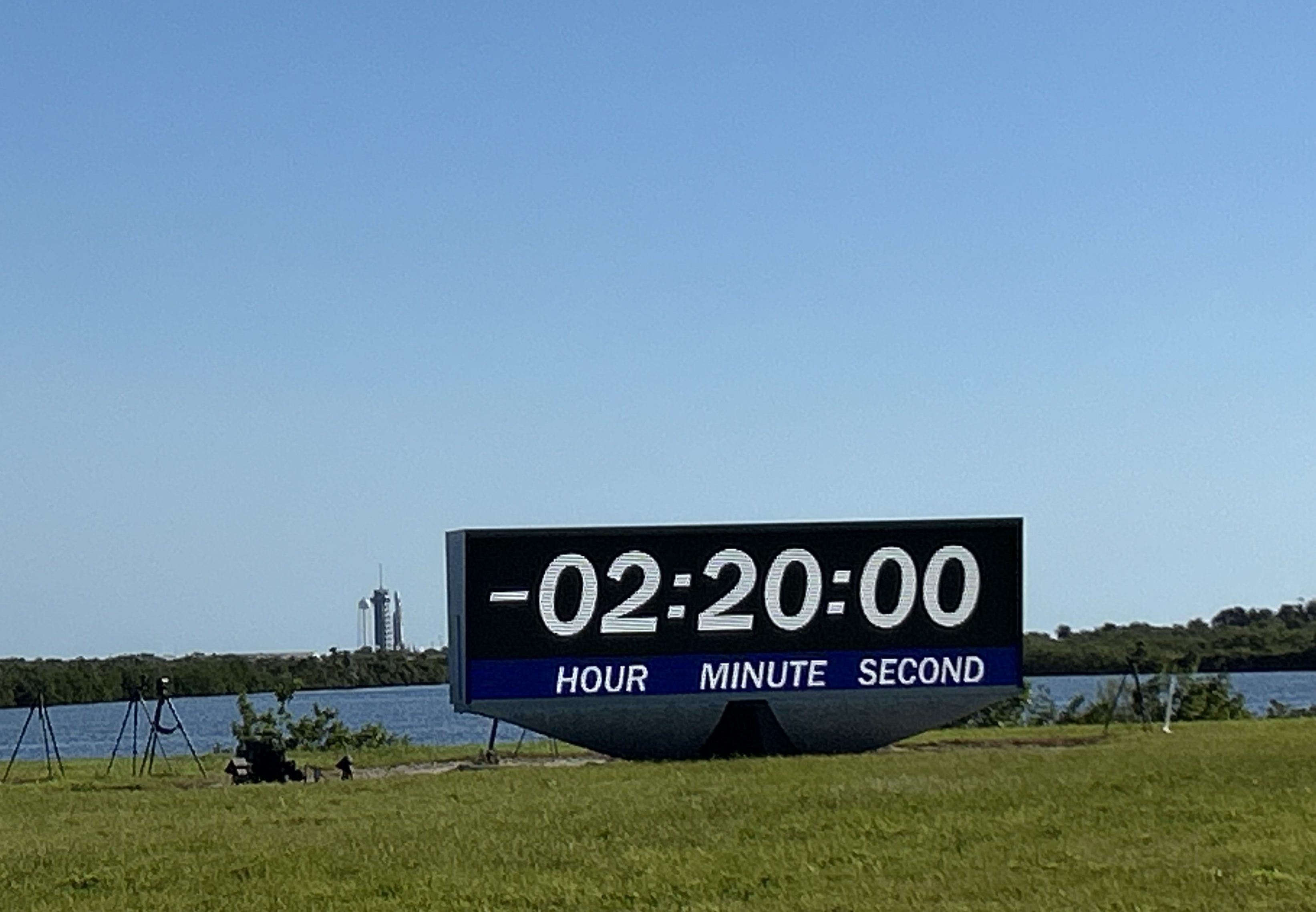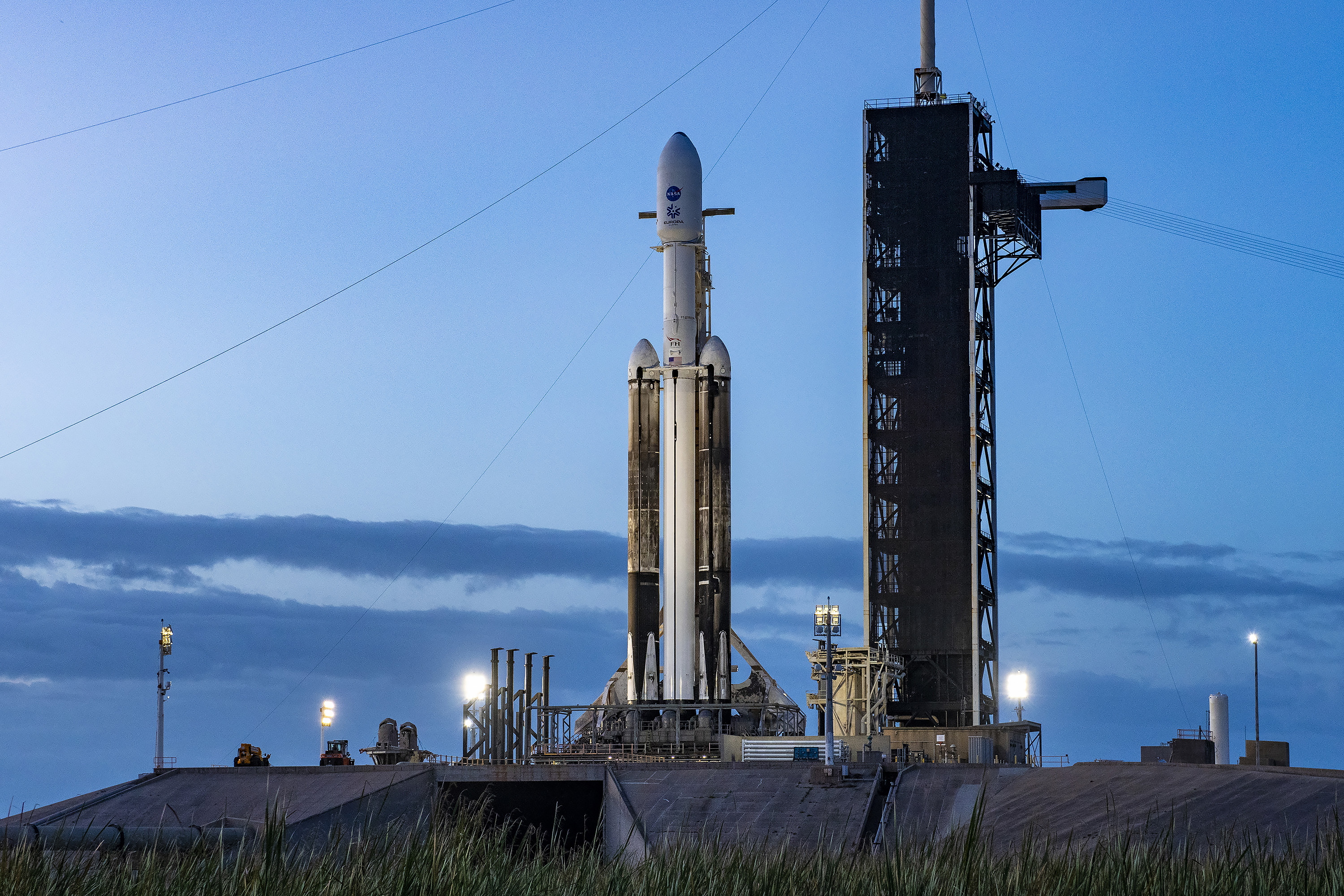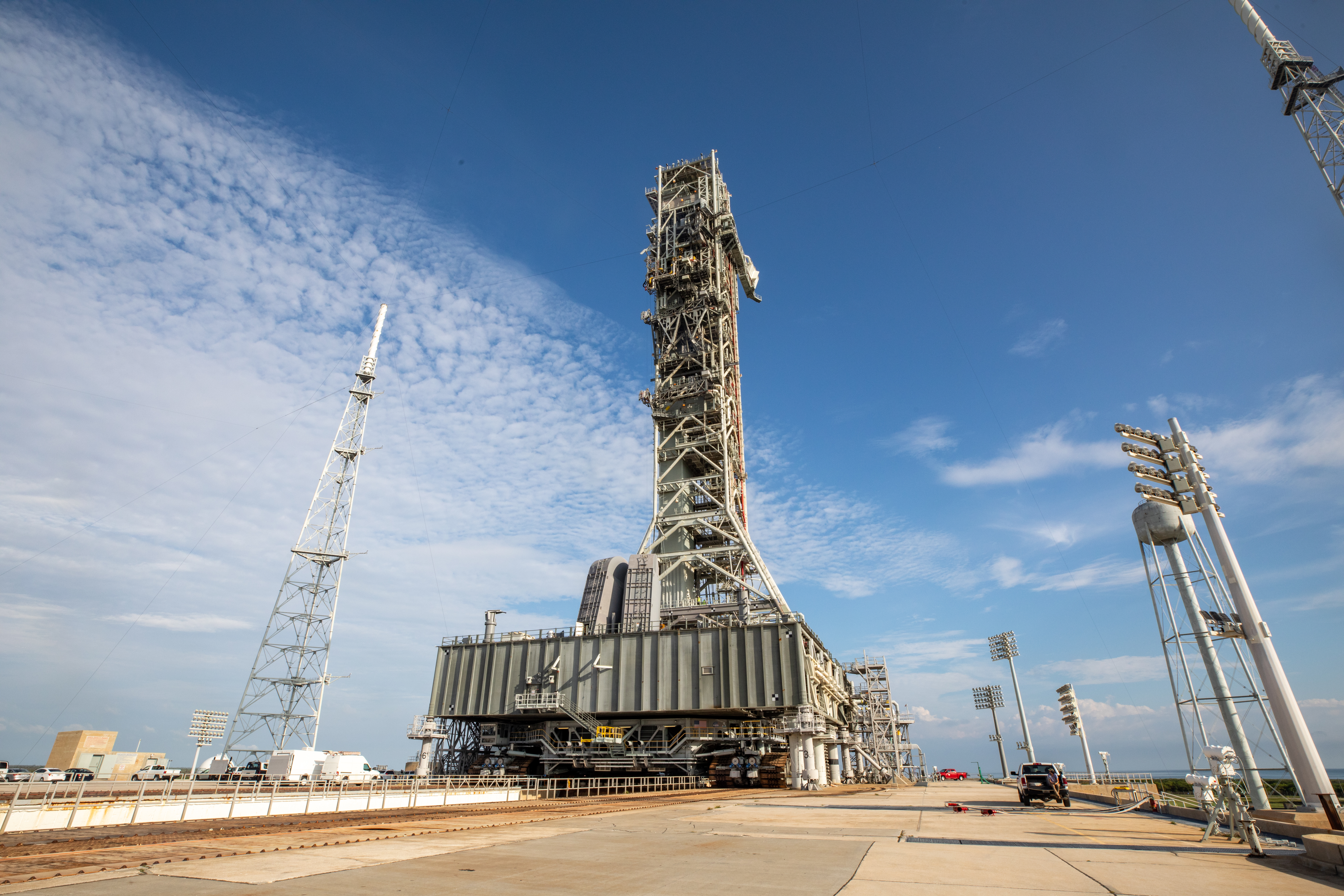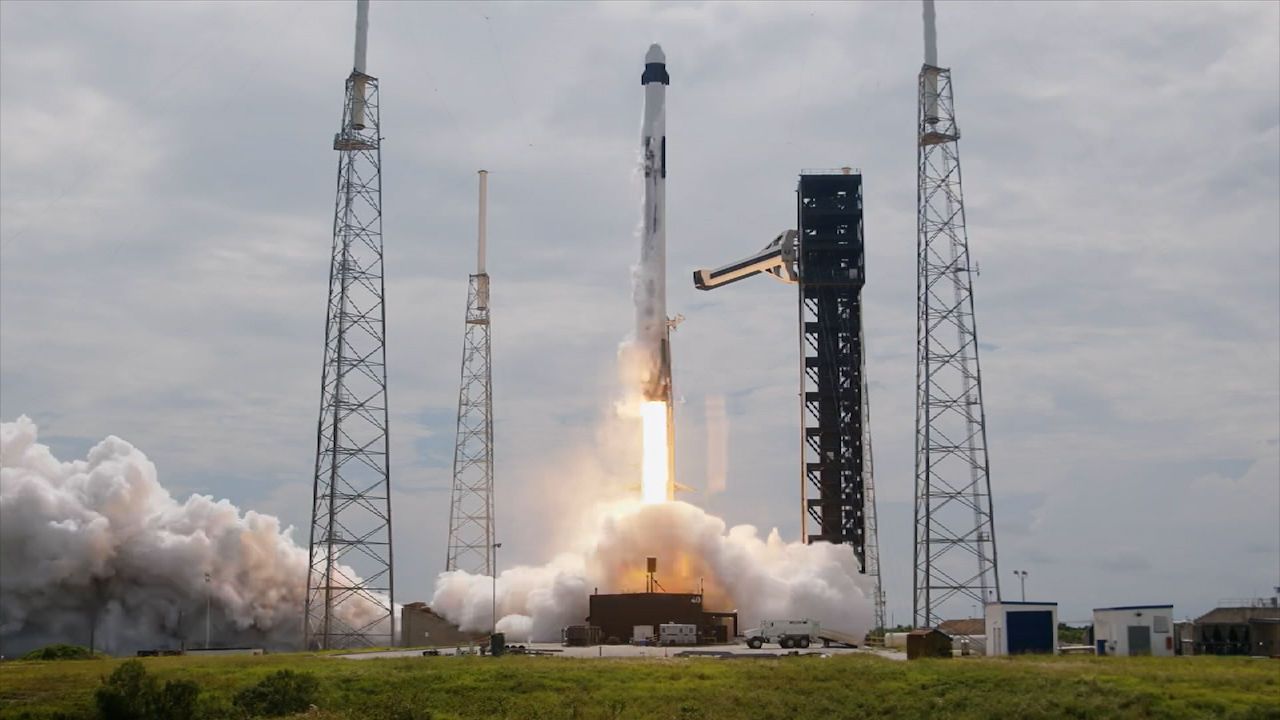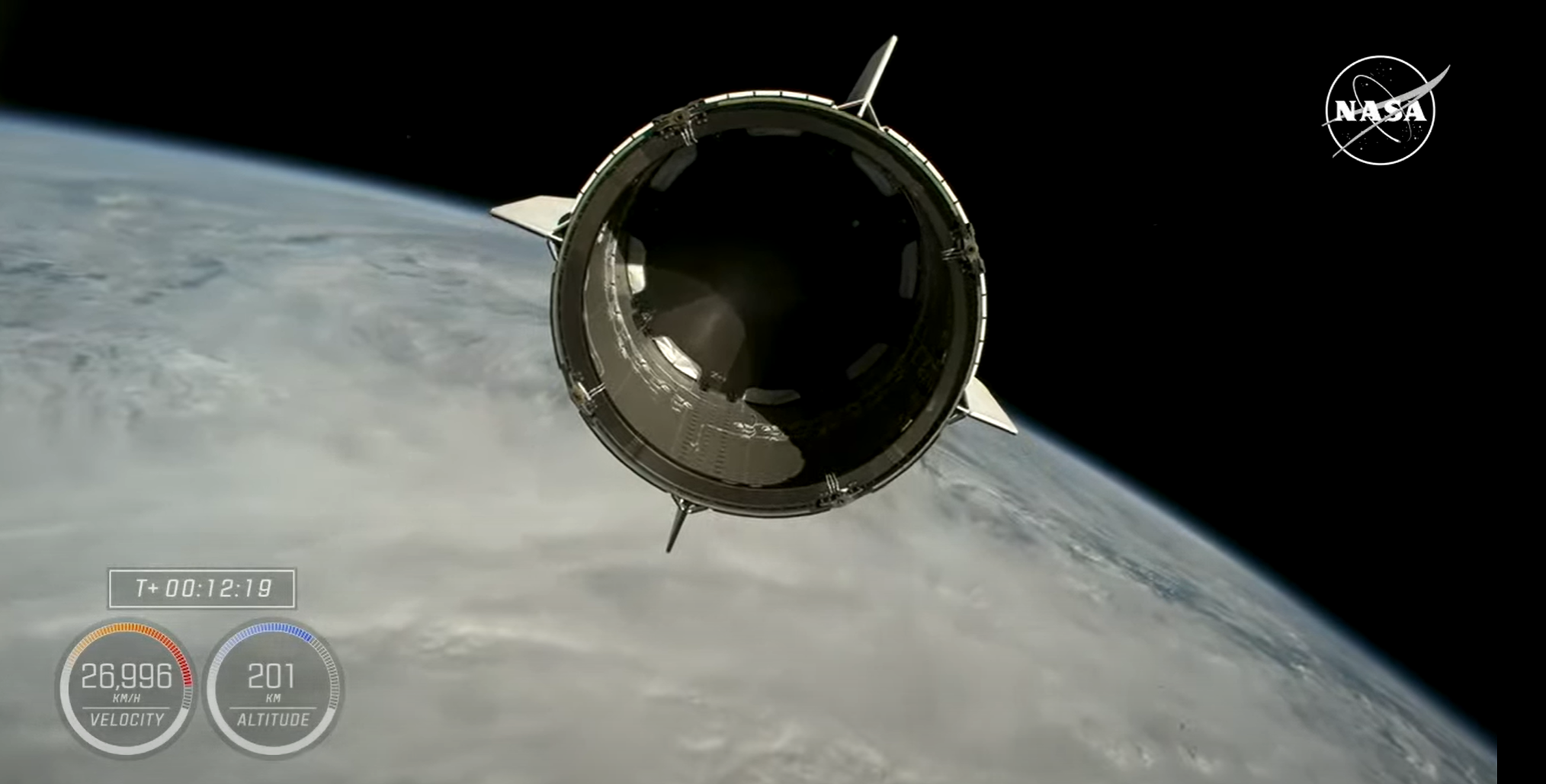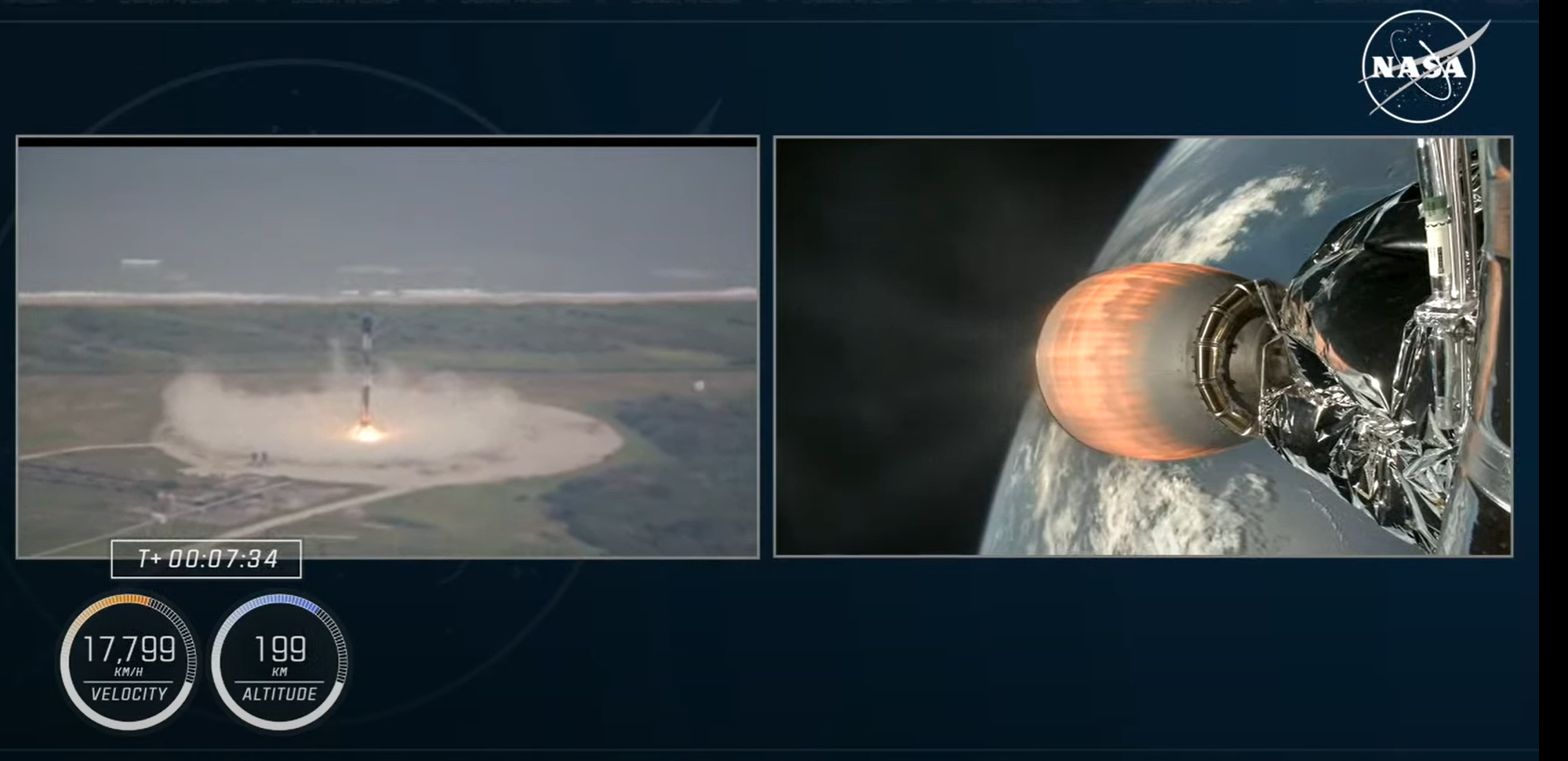
Though NASA’s Europa Clipper mission sounds like something out of science fiction — investigating an icy alien world to see if it has the ingredients for life — the main science goal of determining if there are places below the surface of Jupiter’s icy moon Europa that could support life is based in science fact.
While Europa’s chilliness is certainly a defining characteristic, with surface temperatures at Europa ranging from about minus 208 degrees Fahrenheit to minus 370 F (minus 133 degrees Celsius to minus 223 C), scientists describe Europa as an “ocean world” because decades of evidence strongly suggests that an ocean of liquid water is hidden beneath the moon’s surface of ice, which is one of the only explanations for some of the moon’s characteristics. Scientists estimate it could be around 40 to 100 miles (60 to 150 kilometers) deep — large enough to contain more than twice as much water as all Earth’s oceans combined.
The best evidence that there’s an ocean at Europa was gathered by NASA’s Galileo spacecraft, which orbited Jupiter from 1995 to 2003. While Europa has no magnetic field of its own, when the Galileo spacecraft made 12 close flybys of Europa, its magnetometer detected a magnetic field within Europa as Jupiter’s powerful magnetic field swept past the moon. Scientists think the most likely cause of this magnetic signature is a global subsurface ocean of salty water.
Europa’s surface also has signs there may be an ocean beneath it. Images of Europa’s surface show patterns of cracks and ridges that suggest a global ocean underneath. The largest two impact structures on Europa show concentric patterns, which suggests impacts that may have penetrated through Europa’s ice shell into liquid water. In addition, Europa’s surface geology suggests that warm ice has risen upward through the ice shell, perhaps from near an ice-ocean interface.
Models also suggest that Europa’s ocean and icy shell get stretched and released by the tug of tidal forces from Jupiter’s gravity as Europa orbits the giant planet. This intermittent squeezing is called tidal flexing, and it creates heat inside Europa. In fact, the tidal flexing is likely creating enough heat inside Europa to maintain the liquid ocean beneath the surface.
Scientists believe two of Saturn’s moons also contain oceans — with tiny Enceladus having a global saltwater ocean that sprays out into space as a plume of icy particles that fly hundreds of miles above its surface, and the large moon Titan, thought to have a subsurface ocean as well. However, NASA’s in-depth exploration of an ocean world in search of ingredients for life begins with Europa and the Europa Clipper mission.
Liftoff is targeted for 12:06 p.m. EDT on a SpaceX Falcon Heavy rocket from historic Launch Complex 39A at the Kennedy Space Center in Florida.

